Ciro Cattuto
An embedding-based distance for temporal graphs
Jan 23, 2024Abstract:We define a distance between temporal graphs based on graph embeddings built using time-respecting random walks. We study both the case of matched graphs, when there exists a known relation between the nodes, and the unmatched case, when such a relation is unavailable and the graphs may be of different sizes. We illustrate the interest of our distance definition, using both real and synthetic temporal network data, by showing its ability to discriminate between graphs with different structural and temporal properties. Leveraging state-of-the-art machine learning techniques, we propose an efficient implementation of distance computation that is viable for large-scale temporal graphs.
DyANE: Dynamics-aware node embedding for temporal networks
Sep 12, 2019
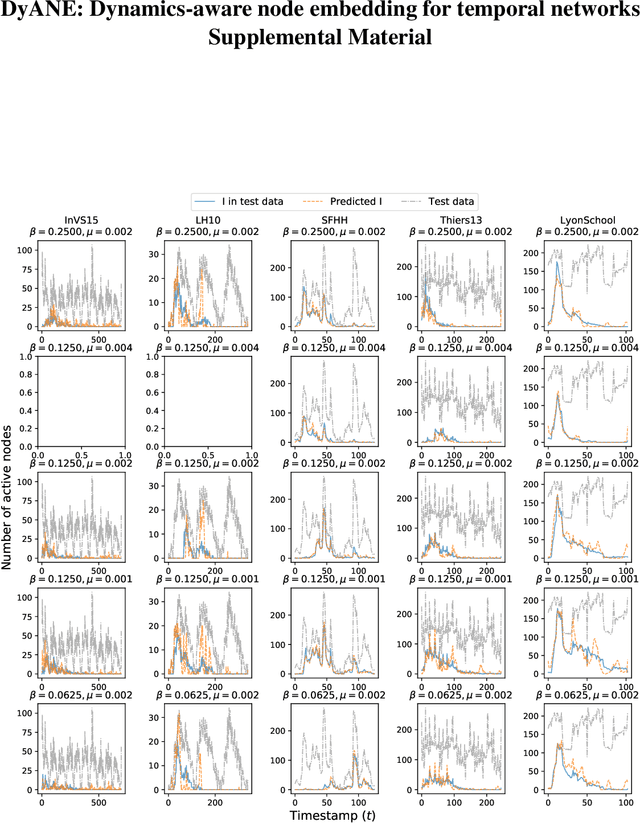

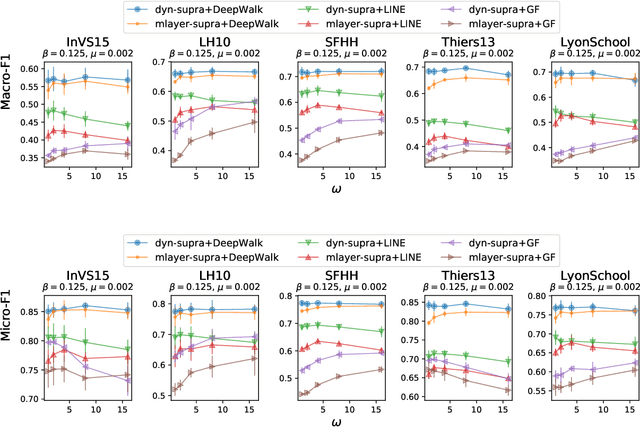
Abstract:Low-dimensional vector representations of network nodes have proven successful to feed graph data to machine learning algorithms and to improve performance across diverse tasks. Most of the embedding techniques, however, have been developed with the goal of achieving dense, low-dimensional encoding of network structure and patterns. Here, we present a node embedding technique aimed at providing low-dimensional feature vectors that are informative of dynamical processes occurring over temporal networks - rather than of the network structure itself - with the goal of enabling prediction tasks related to the evolution and outcome of these processes. We achieve this by using a modified supra-adjacency representation of temporal networks and building on standard embedding techniques for static graphs based on random-walks. We show that the resulting embedding vectors are useful for prediction tasks related to paradigmatic dynamical processes, namely epidemic spreading over empirical temporal networks. In particular, we illustrate the performance of our approach for the prediction of nodes' epidemic states in a single instance of the spreading process. We show how framing this task as a supervised multi-label classification task on the embedding vectors allows us to estimate the temporal evolution of the entire system from a partial sampling of nodes at random times, with potential impact for nowcasting infectious disease dynamics.
Predicting Demographics, Moral Foundations, and Human Values from Digital Behaviors
Nov 02, 2018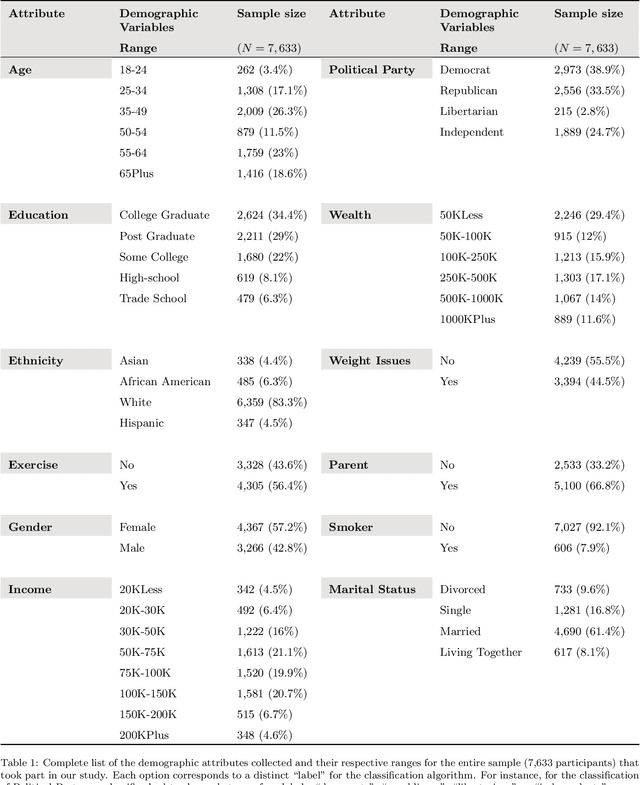
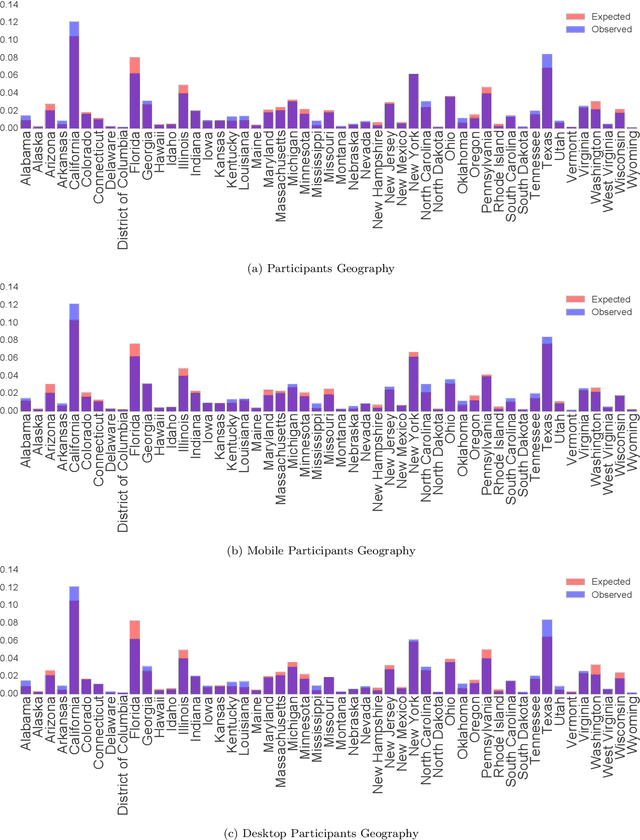
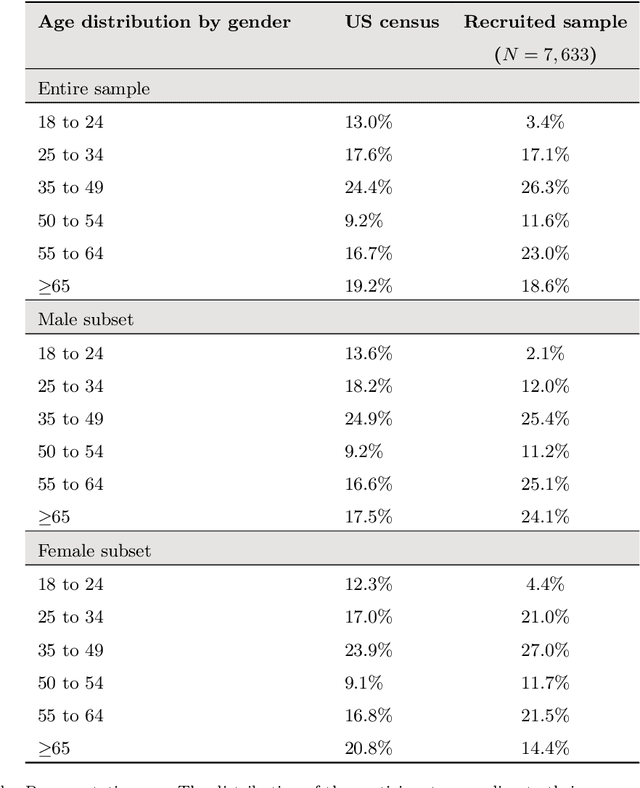
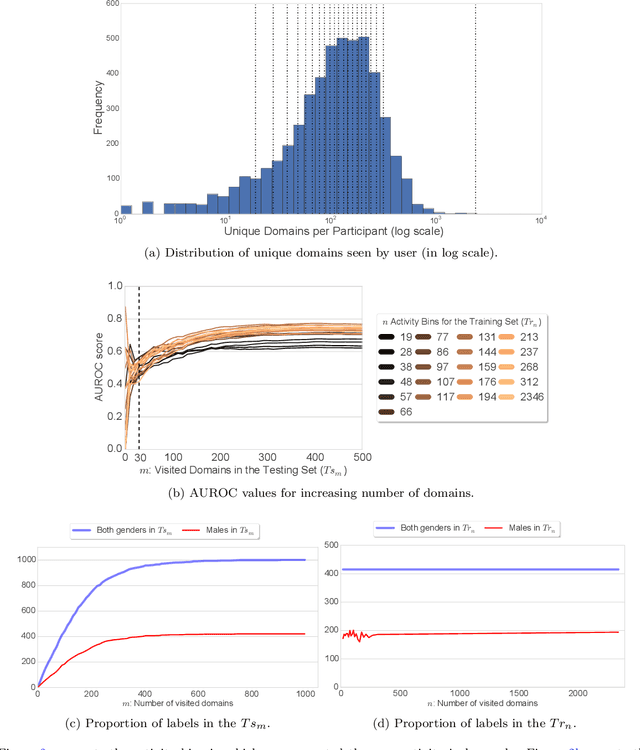
Abstract:Personal electronic devices such as smartphones give access to a broad range of behavioral signals that can be used to learn about the characteristics and preferences of individuals. In this study we explore the connection between demographic and psychological attributes and digital records for a cohort of 7,633 people, closely representative of the US population with respect to gender, age, geographical distribution, education, and income. We collected self-reported assessments on validated psychometric questionnaires based on both the Moral Foundations and Basic Human Values theories, and combined this information with passively-collected multi-modal digital data from web browsing behavior, smartphone usage and demographic data. Then, we designed a machine learning framework to infer both the demographic and psychological attributes from the behavioral data. In a cross-validated setting, our model is found to predict demographic attributes with good accuracy (weighted AUC scores of 0.90 for gender, 0.71 for age, 0.74 for ethnicity). Our weighted AUC scores for Moral Foundation attributes (0.66) and Human Values attributes (0.60) suggest that accurate prediction of complex psychometric attributes is more challenging but feasible. This connection might prove useful for designing personalized services, communication strategies, and interventions, and can be used to sketch a portrait of people with similar worldviews.
 Add to Chrome
Add to Chrome Add to Firefox
Add to Firefox Add to Edge
Add to Edge